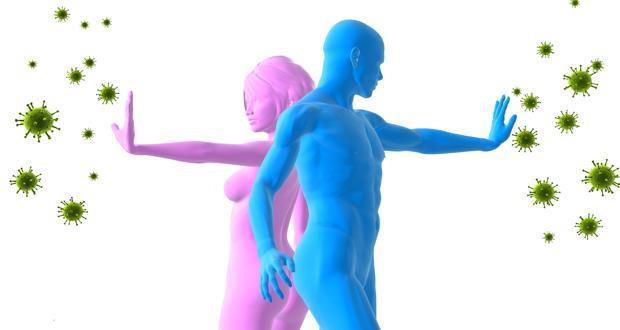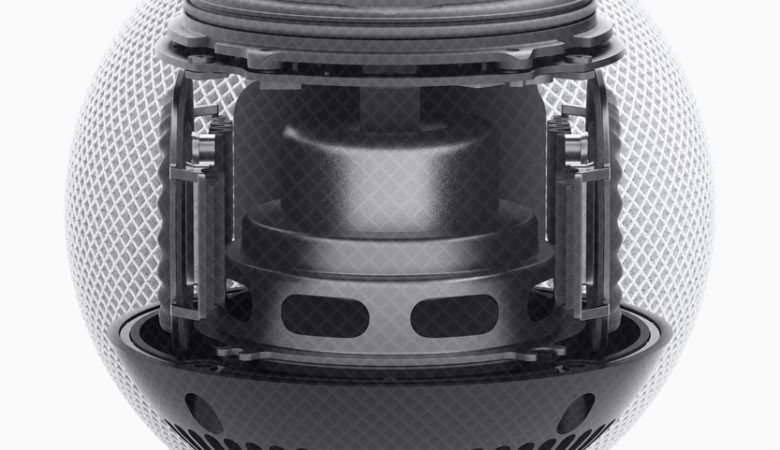
Immunity or the ability of our body to resist harmful microorganisms that cause various diseases is our main defense against them. Depending on the way it develops, medicine divides immunity into two types – innate and acquired.
Innate (non-specific) immunity includes external physical and chemical barriers provided by the skin and mucous membranes. It also includes various internal defenses such as antimicrobials, phagocytes, fever and inflammation (associated with a rise in body temperature).
Adaptive (specific) immunityis the body’s ability to defend itself against specific hostile substances such as bacteria, toxins, viruses and foreign tissues. Adaptin immunity involves lymphocytes (a type of white blood cell) called T-lymphocytes (T-cells) and B-lymphocytes (B-cells).
Two properties distinguish acquired immunity from innate: the specificity of individual foreign molecules (antigens), which includes the distinction of own from foreign molecules, and the memory of most antigens already encountered, so that in a repeated collision the body’s response is faster and effective.
The immune system mainly covers the lymph tissue of the nodes, tonsils, thymus, bone marrow and part of the digestive tract and spleen, as well as certain cells and proteins in the blood. Immunodeficiency is the impaired ability of the immune system to fight infections. It can be secondary (acquired) or due to congenital deficiencies in the immune system (primary).
Primary immunodeficiency diseases are rare and occur at birth – as a congenital effect of a developed defect or as a result of genetic abnormalities in the immune system. Gene defects may not appear in the first few months or years, and some forms do not appear until adolescence and adulthood.
These include congenital impairments of humoral immunity (B cell function, X-linked agammaglobulinemia, selective IgA deficiency) or cellular immunity (T cell functions, DeGeorge’s syndrome, IL-2 deficiency, T-cell growth factor) or combined defects of T-cells and B cells (severe combined immunodeficiency, hyper IgM syndrome, Wiscott-Aldrich syndrome, ataxia telangiectasia), neutrophilic defects.
Secondary immunodeficiency is a consequence of certain predisposing conditions and diseases: malnutrition, especially protein deficiency, therapy with corticosteroids and anticancer drugs, infections, chronic diseases weakening the body such as diabetes, kidney failure, AIDS, cancer, splenectomy.
Signs and symptoms of immunodeficiency
Family history may reveal the otherwise unexplained death of a loved one, illness of relatives only in the female line, or blood relationship, which make the presence of a primary genetic syndrome more likely. These conditions are characterized by abnormal susceptibility to infections and often lead to autoimmune diseases and some cancers.
Infections associated with weakened immunity are often chronic, only partially responding to antibiotics or returning soon after stopping treatment. The organisms involved are often unusual (atypical).
Other symptoms depend on the disease process of the underlying disease. Several laboratory tests have been developed for the analysis of B-cells, T-cells, phagocytes and additional functions – examination of immunoglobulin levels and complete blood count.
Treatment of weakened immunity
Treatment depends on the current disease or the cause of the immunodeficiency. It is possible to treat treatment-related infections, stem cell therapy, gene therapy, viable T-cell transfusions, thymus transplants, immunoglobulin transfusions, and more.
Identification of the mutated gene is the first step towards a better understanding of the pathogenesis of immunodeficiency and the application of better therapeutic strategies. In these cases, successful gene recovery is a major goal.











